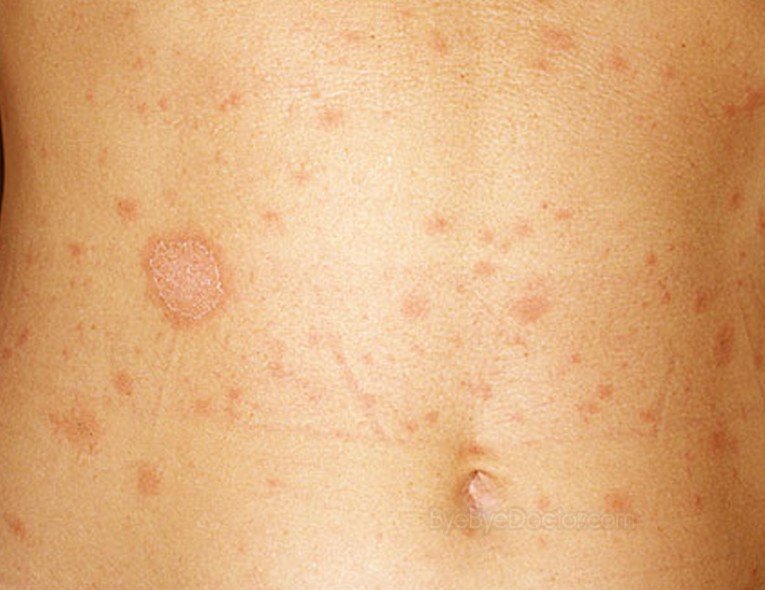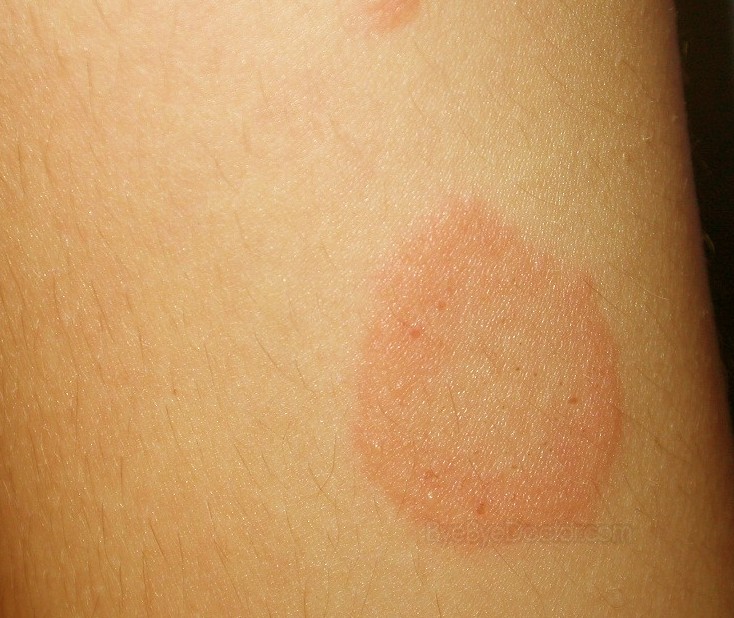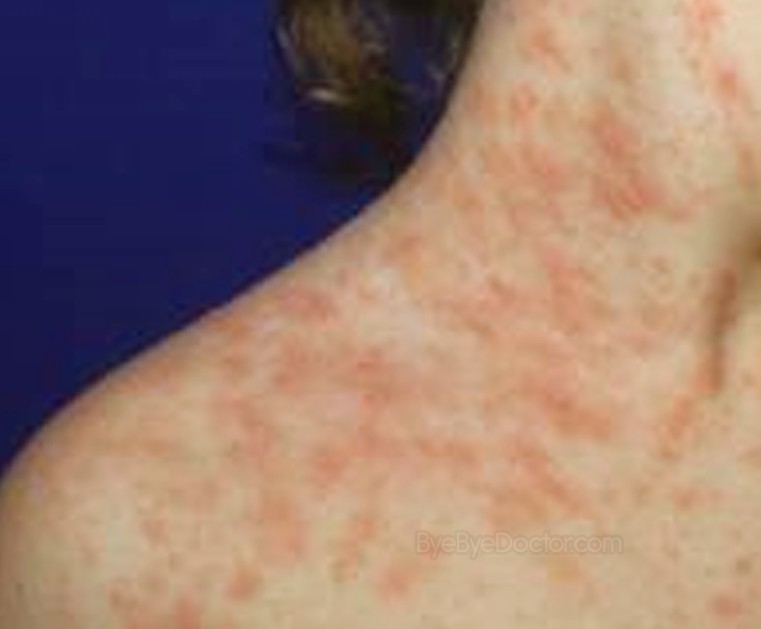What is Pityriasis Rosea?
Otherwise known as Pityriasis rosea Gibert, this common skin condition characteristically begins with a distinct dry, pink to red herald patch lesion which is followed by a widespread rash after one to two weeks which lasts for around six to eight weeks, and rarely extending 12 weeks.
This ACUTE exanthem is equally common between the two sex populations but generally occurs in individuals between 10 to 35 years old or those who are pregnant. An individual can only acquire this condition only once but getting it the second time is still theoretically possible.
Pityriasis Rosea Symptoms
People affected with this disease usually exhibit the following signs and symptoms;
- In nearly 70% of the affected individuals, an infection affecting the upper respiratory tract precedes all other manifestations.
- A single mother or herald patch which is about 2 to 10 centimeters in diameter develops, typically on the patient’s abdomen. This herald patch may emerge in groups of tiny elliptical spots and can be sometimes mistaken as acne. In some occasions, the herald patch emerges in concealed positions and cannot be immediately detected such as when it is in the axilla.
- 1 to 2 weeks after the appearance of the herald patch, pink to red, flaky, oval-shaped l patches known as daughter patches come out on the upper body. An inverse distribution of these patches takes place in about 6 percent of the cases, with the rash mostly on the extremities. Generally, the more numerous oval patches extends broadly, transversely from the trunk initially, following the rib-line in a classic Christmas tree-like pattern. In the next several days, the back and neck will be involved, and small circular patches come into view on these areas. Eventhough rarely these lesions form on the face, they may still show on the cheeks and hairline.
- One out of every four affected individuals report of non-specific symptomatic itching which ranges from mild to severe and worsens when scratched. Due to over-dryness, there is moderate itching particularly when soap is applied on the affected areas during cleansing, when overheated from exercise or hot showers. It doesn’t regularly persist throughout the entire disease process as it is likely to disappear when rash comes out.
- Usually the body rash is along with some other general manifestations such as low-grade fever, sore throat, decreased appetite, nausea, headache and exhaustion.
Pityriasis Rosea Causes
The primary cause of Pityriasis rosea still remains unclear. Just recently, the clinical presentation and immunologic reaction of the disease has been linked to a viral infection, more specifically to human herpes virus type 6 and 7. However, this is still controversial as HHV-7 is frequently present in healthy persons. As the mode of transmission is also uncertain, it is believed that Pityriasis rosea is not due to genital or oral herpes but is assumed to be acquired through respiratory contact. Another study suggests a predominantly T-cell mediated immunity in the progression of the disease as researchers noted a deficiency of natural killer cells and beta cell activity in the lesions.
Pityriasis Rosea Treatment
As there is no definitive prevention due to the undetermined cause, helpful preventive tips against most viral infection, can be put to practice such as proper basic hygiene, frequent hand washing and avoidance of crowded places, ill contacts and infected aerosolized respiratory droplets from sick individuals.
The majority of the cases do not entail treatment since it just resolve on its own spontaneously. Intervention is not necessary when rash is completely asymptomatic. Without medical involvement, the disease disappears in six to eight weeks time.
http://www.Symptoms-Causes-treatment.blogspot.com detect diseases at an early stage symptoms, and find out the causes and treatments best suited.
- UVB light or sunlight.
- Avoid being overheated by reducing exercise and avoiding hot showers and baths.
- Have lukewarm baths or showers.
- Avoid using drying soaps.
- Wear cotton or silk clothing to reduce heat.
- Calamine or menthol lotions can also be applied to relieve mild itching.
- Lubricate the skin with bland moisturizers.
- Oatmeal baths
- Steroid creams or hydrocortisone cream
- Oral antihistamines such as diphenhydramine (Benadryl) for itching
- Natural sunlight exposure to body parts for about 10 to 15 minutes per day
Pityriasis Rosea Stages
In order to correctly determine if Pityriasis rosea is what is causing the patient skin inflammation, the observer must have adequate knowledge of the clinical stages of the disease. The condition passes through a number of unique phases.
Prodromal Stage
Prodromal symptoms which herald the appearance of the mother patch include body weakness, nausea, anorexia, hyperthermia, joint pain, swelling of the lymph node and headache.
The Appearance of a mother patch
This stage is characterized by the appearance of a solitary pink, flaking, oval patch, which measures for about two to five centimeters in diameter.
Disseminated eruption of the spots
After about 1 to 2 weeks, the patient may have non-itchy spots all throughout the body. It first attacks the torso, and then finally, it extends in the upper and lower extremities. In individuals with lighter complexion, the rash is salmon- colored while in people with darker skin, there is hyperpigmentation. This may last for 6 to 8 weeks.
Is Pityriasis Rosea Contagious?
Eventhough the condition is assumed to be viral in origin. Fortunately, this acute exanthem is not communicable or contagious.
Pityriasis Rosea


